Thermal Performance
Thermal Performance scores are derived from the relevant Performance Factor scores. We set this scale with 75% and below as the 0 mark, with each 2.5% increase in relative performance adding 0.5 to the awarded performance score.
Note: Our test group of 10 radiators range in thickness from 29.5mm to 84.5mm with core density ranging from 9 FPI to 21 FPI. This greatly differing array of samples means that the better performing thicker radiators (generally speaking) will actually make the thinner radiators scores appear worse. This is an unavoidable side effect of the scoring system and we again advise readers to focus on radiators which are suitable for the specific case scenario. Depending on the amount of variance in the results, this could end up with misleading scores based on the comparative performance.
Push Only Thermal Performance
- 3.5/5
The CE 280’s Push Only APF result of 91.3% translated into a performance score of 3.5/5.
It’s 32mm thick core and medium density fin array performed well all round despite a low comparison result in the high speed fan test where the thicker rads understandably did better. It had it’s best result with low speed fans but performs really well with medium speeds fans also.
Push/Pull Thermal Performance
- 3/5
The Push/Pull APF result of 88.9 translated into a thermal performance score of 3 out of 5.
The CE 280 performed well with Push/Pull fans but excelled in the low speed fan test taking out 3rd place.
Overall Thermal Performance
- 3.5/5
The Master Performance score of 90.1 generates a slightly above average performance score of 3.5/5.
This system generated score does actually seem rather fair given that it was mostly placing in the middle of the performance rankings, and that should come as no surprise. It is after-all a medium thickness, medium density radiator and it’s performance suitably matched.
Performance is not the be all and end all factor in making a purchase decision, though for many it is high on the selection criteria.
The CE 280 ranked according to it’s thickness in the Thermal Performance Vs. Space Efficiency metric. However it’s Cost Vs. Performance or Value Factor score was very high.
Features & Quality – 3.0/5
The CE 280 from EK features the now standard boxy outer casing which is quite stylish and yet inconspicuous at the same time. The paint finish is great at first, but does scuff up easily, so take extra care when handling. Luckily the outer casing can be easily removed for custom painting, so it should be a favorite for the modders among us.
There is only one set of ports on the CE 280, no alternate ports and no ancillary port either. Also missing is tube protection plates under the fan mounting holes which we believe should be a standard feature even if the holes are no located directly above the tubes.
The core is tuned best for medium speed fans, however it’s best comparison results were with low speed fans.
Having a medium to high fin count of 17 FPI core means the CE 280 will need some dedicated cleaning time to keep it at it’s peak performance level.
The medium restriction level will not pose any issues for pump power requirements when planning out your loop, even with 2 or 3 CE series radiators in the system.
Summary – 3.5/5
The CE 280 is not a performance beast but it’s no slouch either. In our Master Performance Factor it ended up ahead (by the smallest of margins) of the other 45mm thick radiator in our test group, helped out by it’s excellent results with low speed fans.
It is missing some features we like to see, but at $76 USD the CE 280 offers fantastic value for the cooling potential it offers and it can be easily fully stripped down for custom painting.
If a 45mm thick radiator is what you’re after, the CE 280 deserves it’s place on your short list of options to select from.
Where to buy:
- EKWaterBlocks Shop : EK-CoolStream CE 280 (Dual) $76 USD (incl. VAT) + shipping
NOTE: OUT of STOCK at time of publishing – Expected date of availability: 21 March 2016
- PPCs : EK-CoolStream CE 280 (Dual) $76 + shipping
Note: Only 1 left in stock at time of publishing.







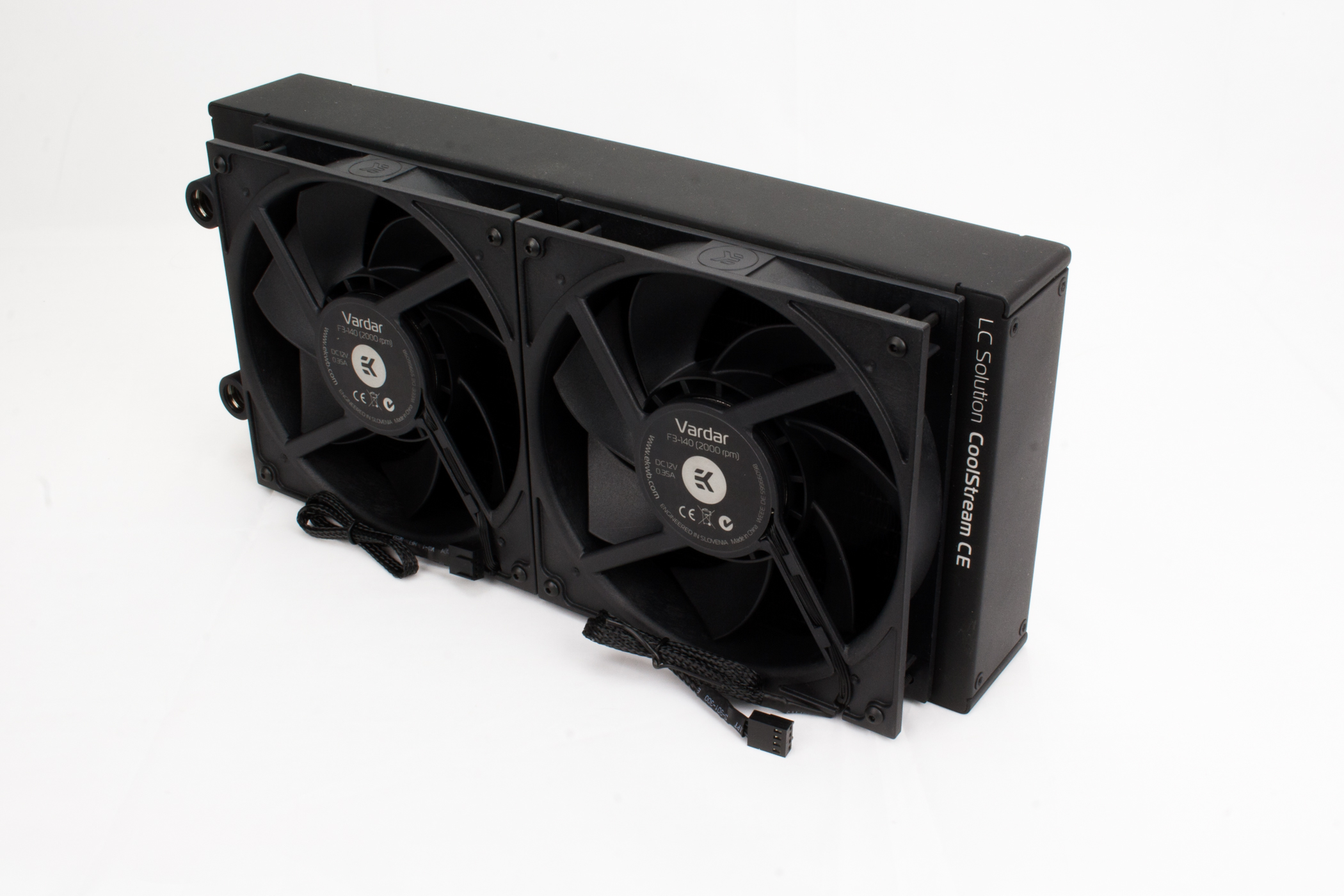
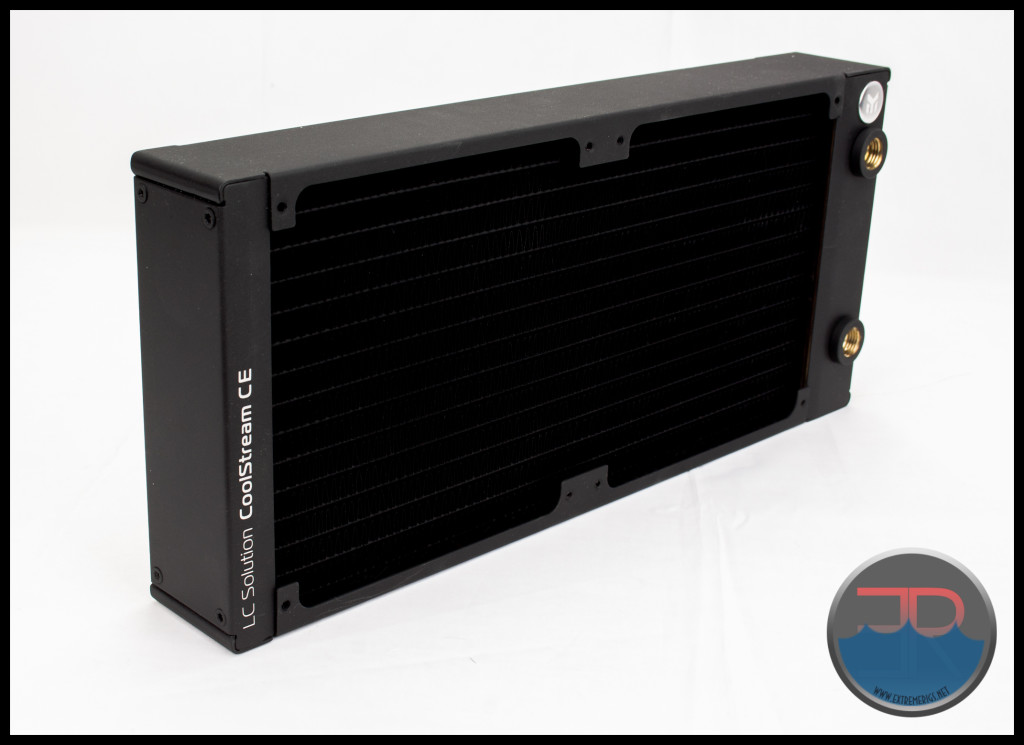


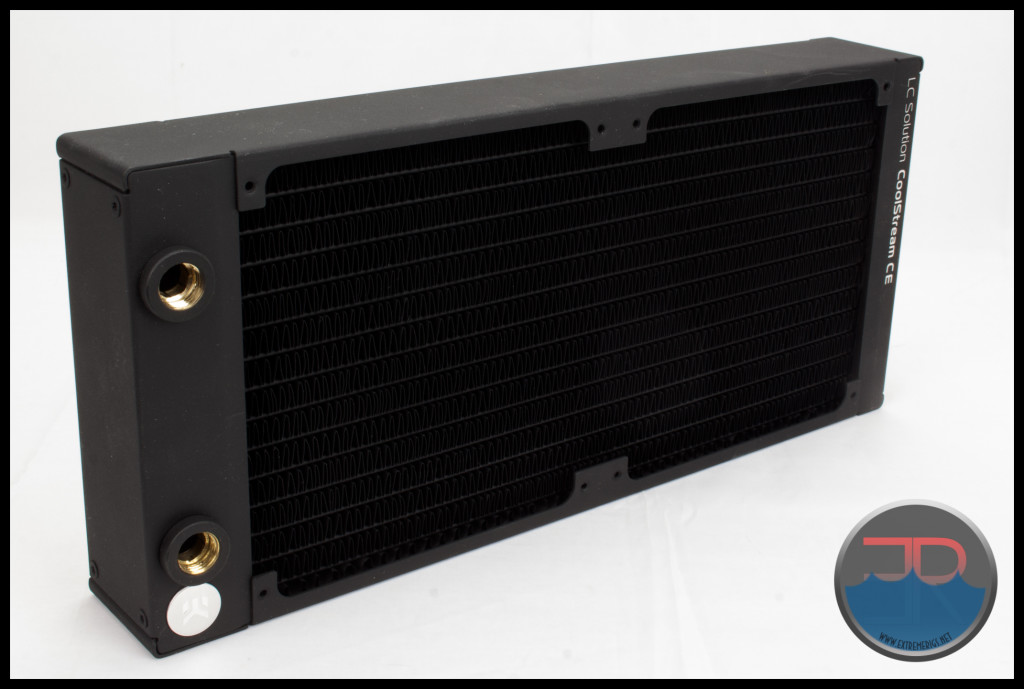
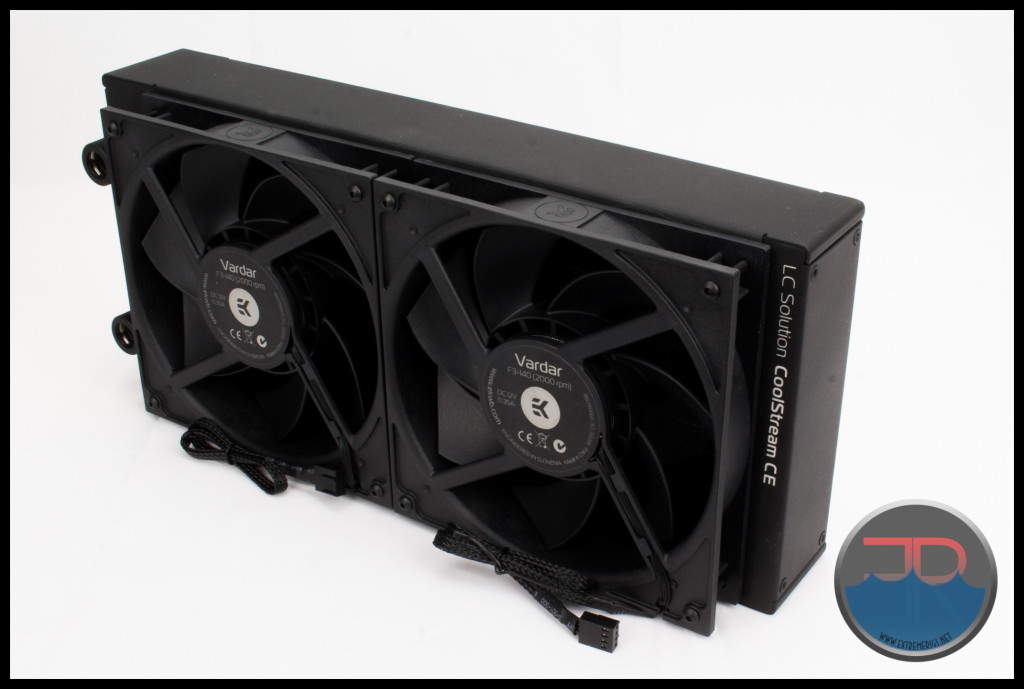
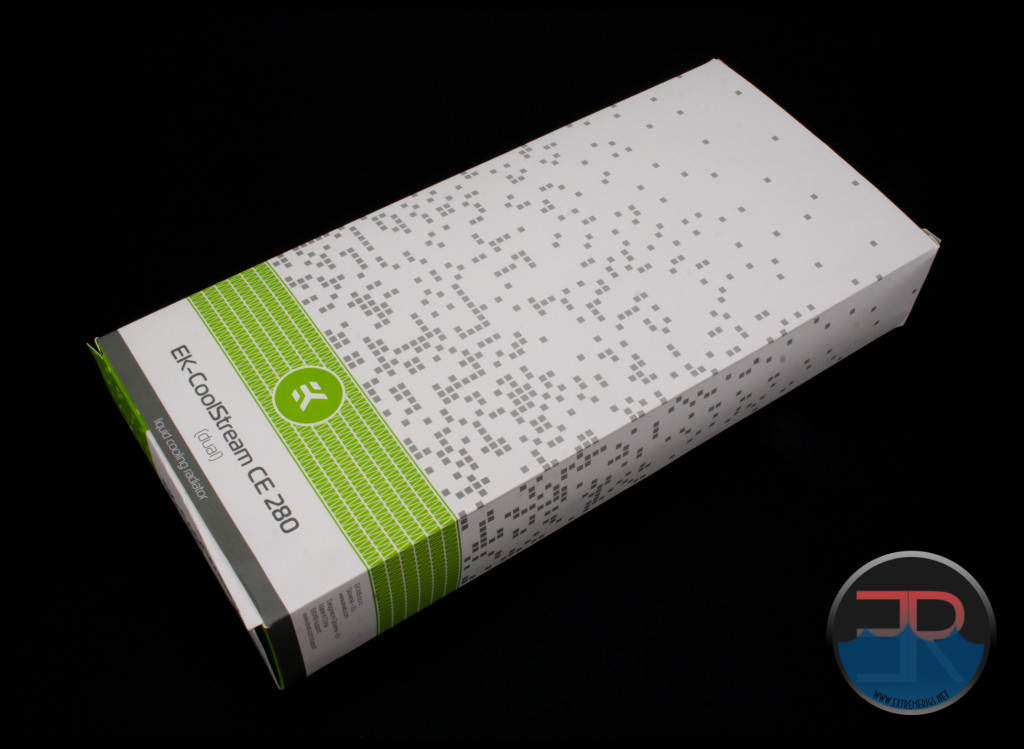



Your dear should specify the results in Celsius, Fahrenheit or Kelvin throughout your test. Because a conversion from Watts to the indicated temperatures is very inaccurate.
There is no formula with which you can convert from Watts in Celsius, Fahrenheit, or Kelvin, therefore your information is not meaningful and belong in a storybook
If you give me even a chemical or physics book shows where the formula is there, you would win the Nobel Prize. Other websites have soagr refuted your moronic calculation.
Thanks Steffen for your well researched and objective comment. All the plots are clearly labelled “Deg C” meaning degrees, celsius. So I’m not sure if you actually read the article or if you’re another keyboard jockey who wants to shit over other’s hard work because you have nothing better to do? As for our “moronic” calculation. Yes actually there is a calculation to generate power dissipation from temperature change within a liquid. If you know your flow rate, as we do, then you can use the specific heat capacity of the volume of water in question (the coolant in question) combined with the temperature change of the water to generate the energy cooled/second. Energy/Time is also know as Power (at least for steady state equilibrium as this is). So yes thank you for the offer but there is no need to award us a nobel prize for such basic physics, but maybe a bit of humble pie for you would be in order? Maybe even cite your sources next time as to why our calculation is so “moronic”?
Well, I found your reviews VERY helpful; in fact, I’m basing my purchase from info in your reviews…I need a dual fan (push only) radiator that’s 50 mm thin or thinner, that’s readily available (price don’t too much matter)…based on your reviews, and the needs listed above, I have decided on this EK Coolstream 280 CE (with the Alphacool XT45 coming in a close 2nd). I don’t have fans for it yet, because that’s depending on the rad being purchased (this rad is just being used as a secondary rad to the main Aquacomputer 480 rad I have).
Comments are closed.